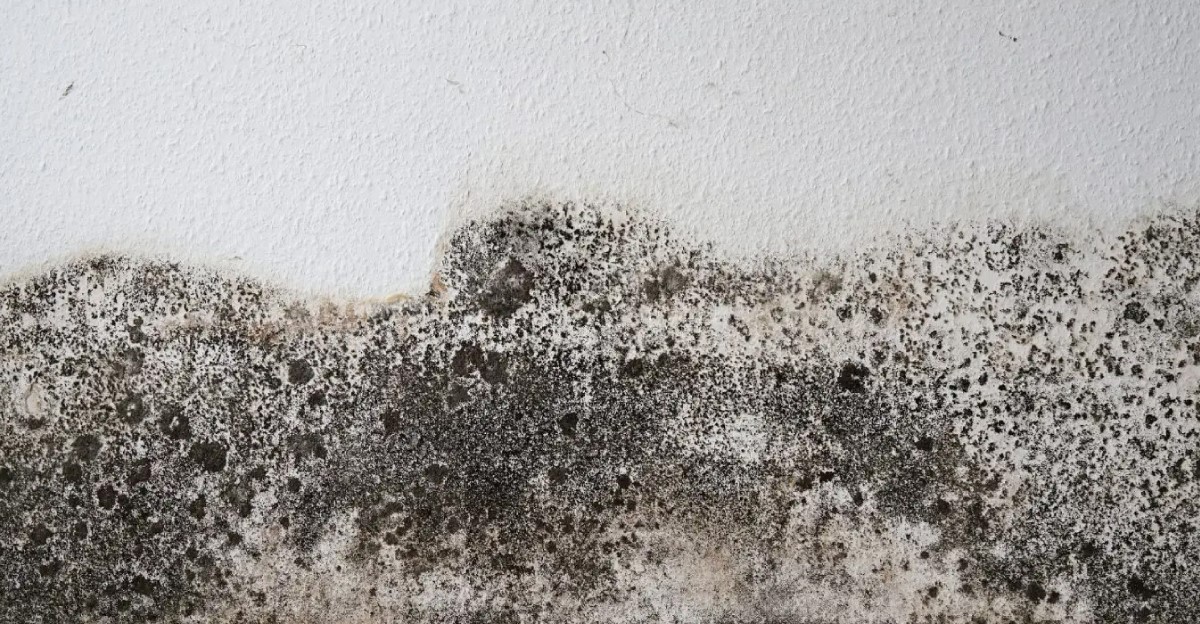Mold is an unwelcome guest that can silently infiltrate various parts of our homes, and the attic is no exception. Attic mold not only poses potential health risks but can also compromise the structural integrity of your home if left unchecked. In this comprehensive guide, we will explore the different types of mold commonly found in attics, their characteristics, and the steps homeowners can take to identify and proceed with mold removal Toronto.
The Common Culprits
- Cladosporium
One of the most prevalent types of mold, Cladosporium is often green, brown, or black in color. It can thrive in both warm and cold environments, making it a common inhabitant of attics. While it typically poses a low health risk, prolonged exposure can lead to respiratory issues.
- Aspergillus
Aspergillus is a diverse genus of molds that can appear in various colors, including green, white, yellow, and black. While some species are harmless, others can produce mycotoxins, posing health risks. Identifying the specific type is crucial for effective removal.
- Penicillium
Recognized for its distinctive blue or green appearance, Penicillium can spread rapidly in humid conditions. While some species are used in the production of antibiotics, others can produce mycotoxins, contributing to indoor air quality concerns.
- Stachybotrys chartarum (Black Mold)
Perhaps the most infamous type, black mold is known for its dark greenish-black appearance. Stachybotrys chartarum produces mycotoxins that can cause health issues, making its identification and removal a priority for homeowners.
- Alternaria
Alternaria molds are typically brown or olive-green with a velvet-like texture. Found in damp environments, they can cause respiratory issues, particularly in individuals with allergies or compromised immune systems.
Identifying Attic Mold
Recognizing the signs of mold in your attic is crucial for early intervention and mold remediation Toronto. Some common indicators include:
- Visible Growth: Mold often appears as discolored patches on surfaces, ranging from white and green to black.
- Musty Odors: A distinctive musty smell can indicate the presence of mold. If your attic has a persistent, unpleasant odor, it’s essential to investigate further.
- Water Stains: Stains on the ceiling or walls may signal water intrusion, creating an environment conducive to mold growth.
- Allergic Reactions: If residents experience unexplained allergic symptoms, such as sneezing, coughing, or skin irritation, mold could be a contributing factor.
Understanding the Health Risks
Different molds pose varying levels of health risks. While some molds are relatively benign, others can produce mycotoxins that may lead to respiratory issues, allergic reactions, and other health problems. Individuals with pre-existing respiratory conditions, allergies, or compromised immune systems are particularly vulnerable.
Black mold (Stachybotrys chartarum) is of particular concern due to its potential to produce mycotoxins. Prolonged exposure to mycotoxins has been associated with respiratory issues, skin irritation, and other health problems. Therefore, prompt identification and removal of black mold are crucial for maintaining a healthy indoor environment.
Preventing Mold Growth
Prevention is key when it comes to attic mold. Here are some proactive measures homeowners can take:
- Proper Ventilation: Ensure your attic is well-ventilated to reduce humidity levels. Use exhaust fans and consider installing ridge vents or soffit vents to facilitate air circulation.
- Effective Insulation: Adequate insulation helps regulate temperature and prevent condensation, creating an environment less favorable for mold growth.
- Prompt Repairs: Address roof leaks, damaged shingles, or any other issues that could allow water infiltration into the attic. Timely repairs prevent the conditions conducive to mold growth.
- Regular Inspections: Conduct routine inspections of your attic, especially after heavy rain or storms. Look for signs of water damage, discoloration, or visible mold growth.
- Humidity Control: Use dehumidifiers to maintain optimal humidity levels in the home. Keep in mind that attics are susceptible to humidity, so controlling it is crucial for mold prevention.
Professional Mold Removal
While some homeowners may attempt DIY mold removal, certain situations warrant professional intervention. If the mold growth is extensive, if black mold is identified, or if there are underlying structural issues, it’s advisable to consult with attic mold removal Toronto experts. Professionals have the knowledge, tools, and experience to safely and effectively address mold problems, ensuring thorough removal and preventing recurrence.
Conclusion:
Understanding the different types of attic mold is essential for homeowners who want to safeguard their homes and the health of their families. Regular inspections, proactive prevention measures, and prompt remediation of any mold issues are crucial steps in maintaining a healthy living environment. Whether you opt for DIY methods or seek professional help, the key is to address attic mold promptly and comprehensively, ensuring the long-term well-being of your home and its occupants.

